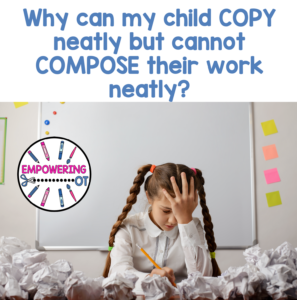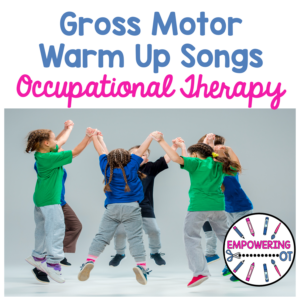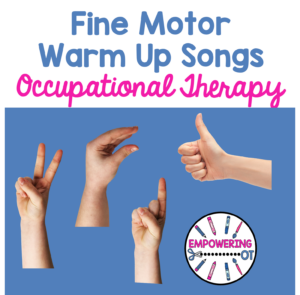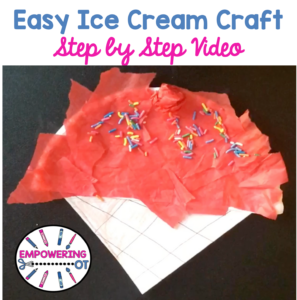One of the biggest questions I get from teachers and parents is “Why can my students copy NEATLY but have difficulty with COMPOSING their work legibility?”. This can be a complicated answer that takes some detective work. Many times occupational therapists may have referrals for students who have difficulty with writing, but this may not truly be something that is beneficial for occupational therapists to work on with the student. What?! Read on to learn about this.
Writing is a complex skill. Many times, I may see a child who can COPY neatly but has difficulty with composition. Copying and composing appear like they are very similar but in fact are different. Copying is when your child has a model of what is needed to be written. Composition is when there is no model and the child must come up with what is being written.
There are many reasons why a child may be able to copy but not compose.
Copying involves less of a cognitive demand than handwriting. When a child is copying they have the visual of the letter in front of them. They do not have to think about what the letter looks like. They also do not have to create their own ideas, remember their ideas, think about grammar, remember how to spell the words and how to also write neatly. The cognitive demand of copying is a lot less than actually composing or writing a sentence.
Another reason is copying does not necessarily tap into literacy. This sounds counterintuitive but hear me out. I have also seen children who are unable to identify letters but can copy neatly. This does not mean that they are identifying letters, it just means that they could just be good at drawing. Here is an example: let’s pretend that you do not know Chinese. You see a symbol and are asked to write the symbol. You may be able to copy the symbol like a drawing but you would have no idea what the symbol means. This is similar to some students who are able to see something and copy it. However, they may have no idea what the letter means.
When we are looking at copying, this involves a simpler process. We identify what we need to write, and then as we are looking at the letters, we write it. We may have some difficulty with remembering how to form the letters and where they go. However, these are some of the only demands placed on us during copying.
When we are looking at composition, it involves a more complex process in our brains. First, we have to think of what we are going to write. We have to organize and sequence what we have to write. We have to make sure that it is proper grammar. Once we have identified what we will write, we have to think about how to spell each word. Then, we have to remember what those letters look like and how to form the letters. We have to remember what size the letters are, spacing and where they go on the line. As we are writing, we have to continually remember what we were going to write. As we write each letter, we have to remember how to write the letter. This goes on and on until the sentence is complete.
See how much goes into copying vs. composition? In regards to visual motor issues, students have to have visual memory to remember how to form the letters, motor memory to form the letters, visual spatial skills to understand where the letters go, spacing and more. In regards to fine motor skills, students may have difficulty with hand strength, grasp, or in hand manipulation. Students may have difficulty with sensory processing that impacts handwriting. If you want to help your students with handwriting, check out my ULTIMATE handwriting bundle HERE. This bundle includes 50 resources to target all levels of writing!
Given how much goes into composition, this is why many students who have difficulty with composition may have more than just fine motor or visual-motor issues. These students may have difficulty with language (ie: coming up with ideas, vocabulary, word-finding, difficulty with expressing their thoughts), academic areas such as spelling, grammar, punctuation, or executive functioning such as organizing or sequencing.
This comes back to my original statement: Many times occupational therapists may have referrals for students who have difficulty with writing, but this may not truly be something that is beneficial for occupational therapists to work on with the student. If the student has a fine motor, visual motor or sensory processing concern that is impacting the student, then yes, by all means, the OT may work with the student on their deficit. However, if the child’s main issues are language such as word-finding or vocabulary, academic areas such as spelling or grammar or even organization of writing, there may be other professionals who can address this issue better. Many times, I may see samples of students who are composing who have beautiful handwriting but you can not understand what is being written due to the fact that there is spelling issues or grammar issues or language issues. This is better addressed by another professional such as a teacher or speech-language pathologist. However, occupational therapists may not be the best professional to work on those issues BUT occupational therapists can provide support in terms of recommendations for assistive technology for students who do have issues with language, or academic areas of written expression. Assistive technology can be a main component in reducing the cognitive load for students and support their writing.






